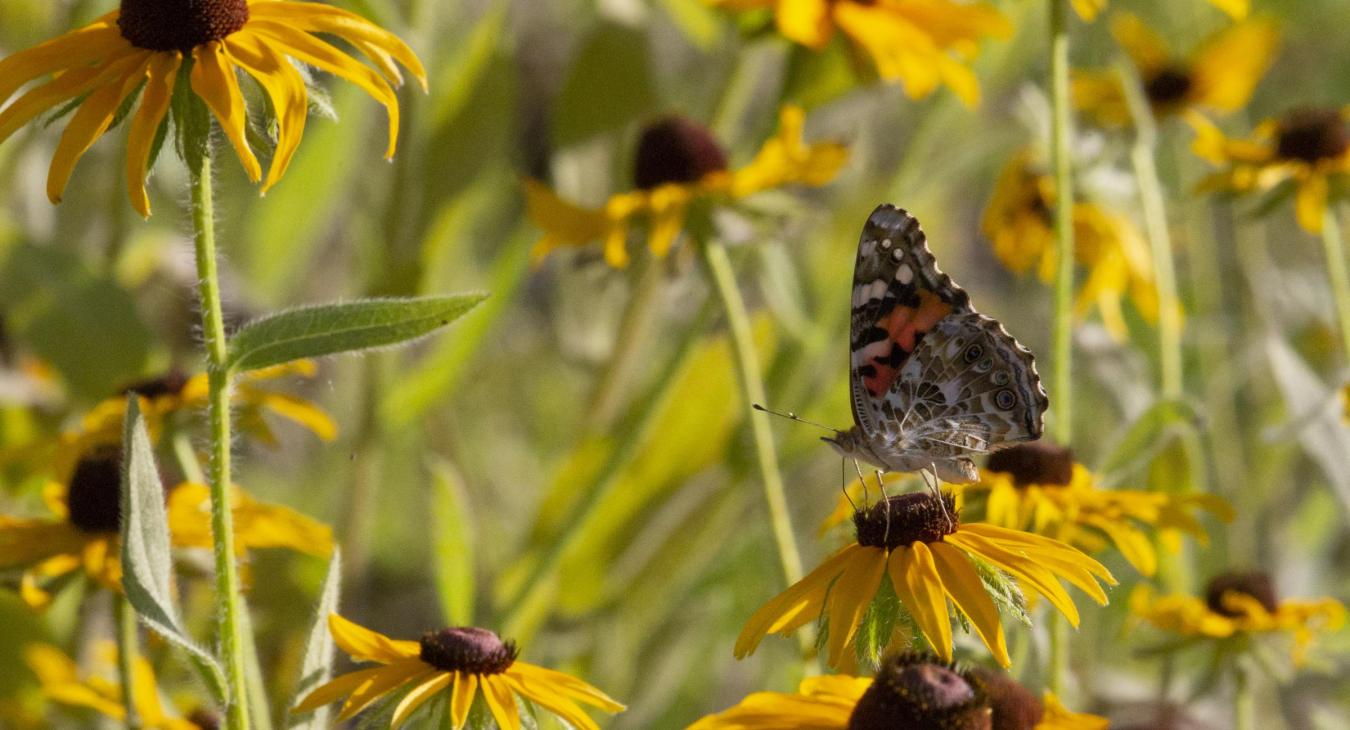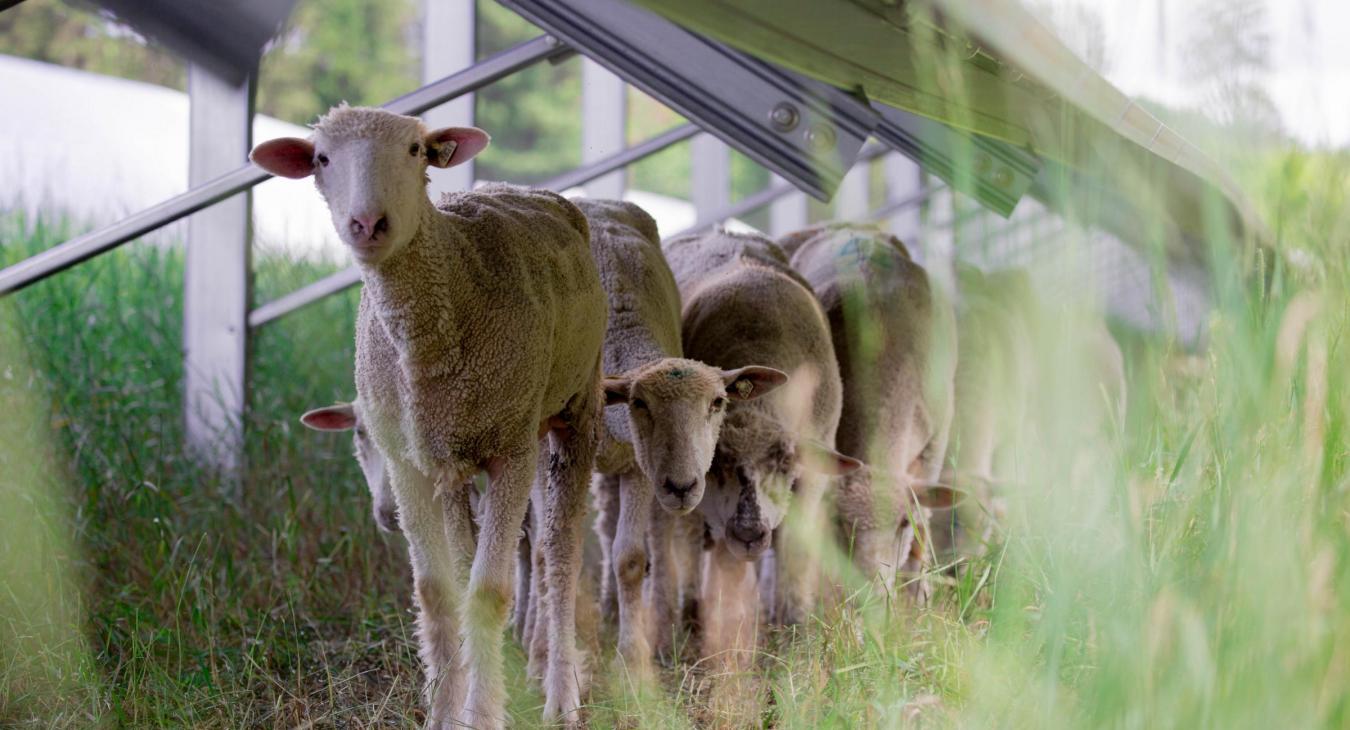By Paul Wesslund
Animal encounters are nothing new for rural electric utilities. Getting their start in the 1930s to serve rural areas that had no electricity, they’ve always been close to the land, and its creatures. From bears to butterflies and sheep to seabirds, public power districts and electric co-ops have a track record of showing they understand the importance of caring for wildlife.
Janelle Lemen, regulatory director for environmental policy at the National Rural Electric Cooperative Association (NRECA), describes how rural electric utilities across the country take actions like building nesting platforms for ospreys and falcons, and modifying electrical structures to reduce potential electrocutions of birds. They coordinate those efforts nationwide though NRECA’s membership, since 1989, in an organization called the Avian Power Line Interaction Committee.
Electric utilities also regularly work with other state, local and federal wildlife agencies to come up with the best ways to coexist with wildlife.
Lemen says, “Electric utilities have a long history of implementing conservation efforts to benefit America's wildlife and other natural resources.”
One part of that history is an annual week-long Pollinator Power Party. Electric utilities know a lot of us love butterflies and bees, and that both are essential to the ecosystems that pollinate plants. So, several electric co-ops have become part of a group called the Pollinator Partnership to increase awareness of bee and butterfly habitats.
A more direct interest between electric utilities and wildlife comes in the form of protecting birds from high-voltage equipment, both for the birds’ own safety and to keep animal electrocutions from causing power outages.
Electric utilities in several states, including Nebraska, have built platforms to keep ospreys and other birds from nesting on power lines. Wheat Belt PPD in Sydney, Neb., Roosevelt PPD in Mitchell, Neb., and Midwest Electric Cooperative Corp. in Grant, Neb. have put up such platforms for osprey in their areas.
“When we have found ospreys building nests on our power lines, we have worked with Fish & Wildlife to build a new perch for them to nest on and remove the nest from our pole to keep the ospreys out of harm’s way and prevent outages,” said Jayson Bishop, Midwest ECC Manager.
Ospreys are piscivorous (fish-eating) raptors that migrate through Nebraska in spring and fall. For much of recent history, this species nested west, north and east of Nebraska. However, ospreys are increasing in the United States and in 2008 a pair attempted to nest near Winter's Creek Lake, Scotts Bluff County. Other osprey pairs have attempted to nest in the Panhandle since 2008, including near Lewellen, Garden County.
“It is nice to see ospreys increasing and nesting in Nebraska, but this species also presents challenges because they like to nest on utility structures (e.g., power line pole crossbars),” said Joel Jorgensen, Nongame Bird Program Manager, Nebraska Game and Parks Commission. “This creates problems for electric utilities and their customers because ospreys pile sticks on utility structures.”
A pile of sticks and other materials (e.g., bailing twine) on power lines can result in power outages and even fires once electrical lines connect and arc. This is bad for people who lose service and utility lineman that have to keep going out to do repairs. It is also not good for ospreys and their young. Ospreys and their nests are protected by state and federal law, which presents legal hurdles for simply removing a problem nest.
And it’s not always the electric utilities protecting animals. Sometimes the critters help out the electric utilities.
As solar energy use grows across the country, some electric utilities are getting the grass under photovoltaic panels trimmed by goats and sheep. Well, maybe not goats so much. With electric utilities finding economic and environmental benefits to grazing under and around solar panels, the National Renewable Energy Laboratory actually conducted a study called Solar Sheep and Voltaic Veggies: Uniting Solar Power and Agriculture. Among its conclusions: “Sheep have often proven to be the best tenants of the land. Horses can be picky about what they eat, cows are large and require a lot of space, and goats tend to chew on wires and climb on panels.”


